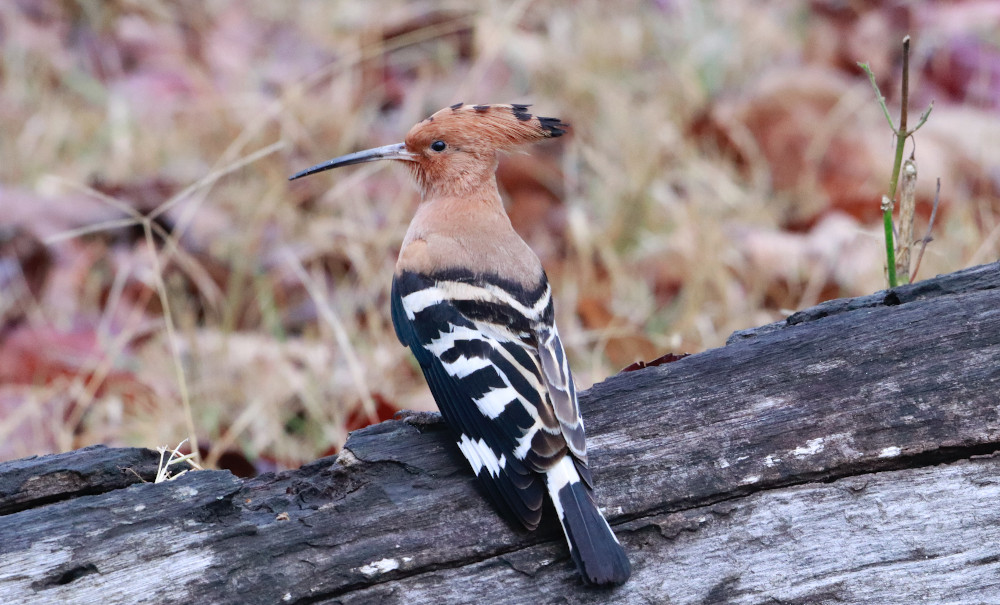Featured Paper
Gone with the wind? How small birds move to the wintering grounds
To protect endangered migratory birds, we need to know their flight paths. But some birds are too small to carry a GPS tracker. By combining light, activity and wind measurements, their most likely route can be accurately estimated.

The protection of rare bird species in Switzerland does not end at their local habitats. Many are migratory birds and leave in autumn for their wintering grounds in Africa. They return to breeding grounds in Switzerland or elsewhere in Europe in spring. The more precisely their flight routes and stopovers are known, the better we can take targeted measures to protect these areas.
In a master's thesis in the GIS unit and in collaboration with the Swiss Ornithological Institute, a new statistical method was developed to reconstruct the migration routes of the hoopoe (upupa epops) more precisely. This bird has become rare in Switzerland and is too small to carry even the lightest GPS tracker on its long journey. Instead, so-called geolocators are used, sensors weighing just a few grams. These record the length of daylight – which changes with latitude – and the bird's activity. They also measure the air pressure, from which the flight altitude can be estimated. But the inaccuracy of the flight paths reconstructed in this way is still several hundred kilometers.
more information you find under "featured publication"